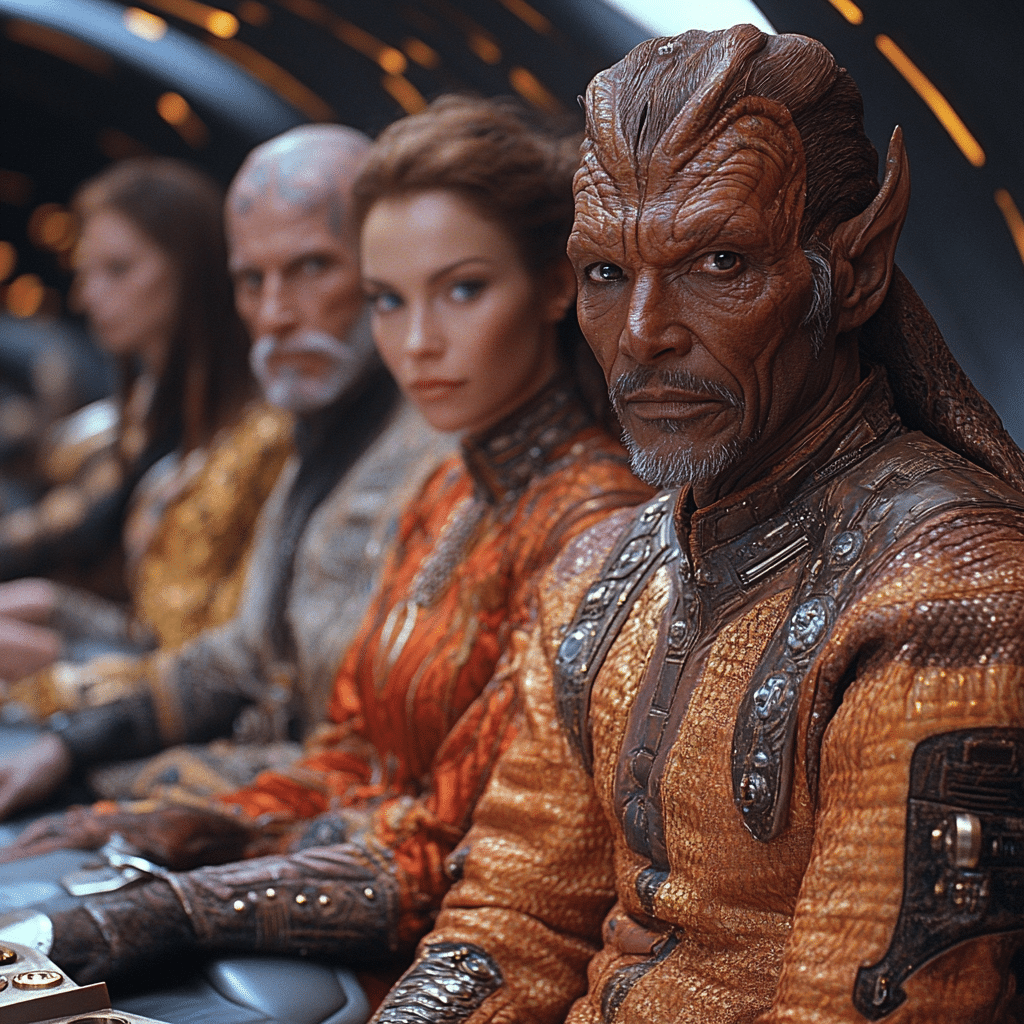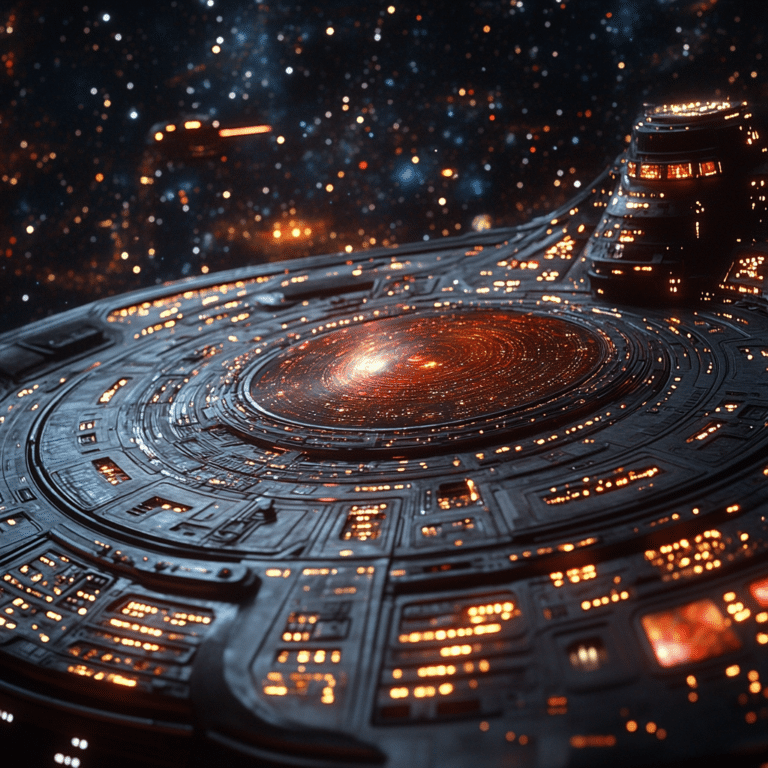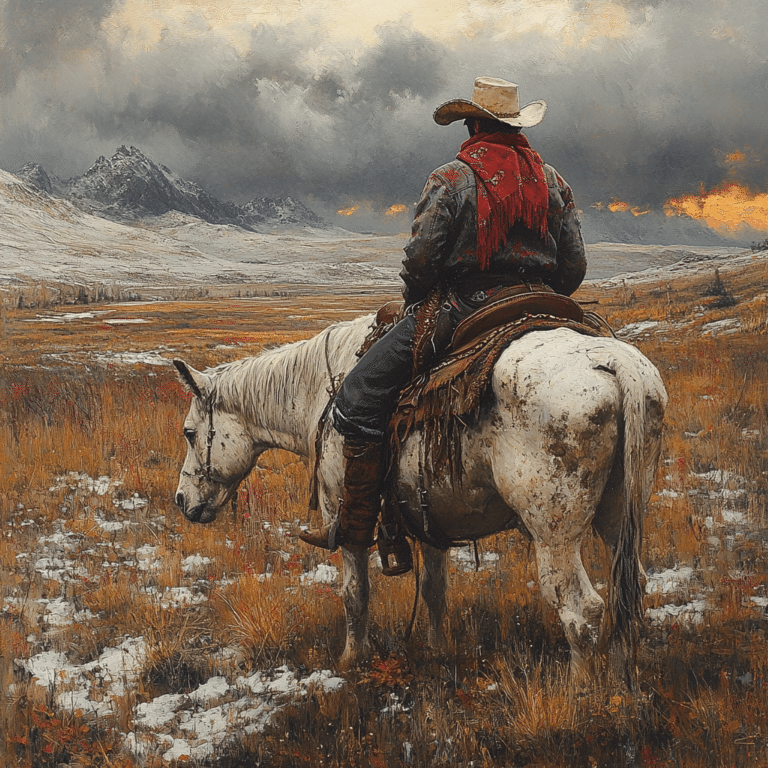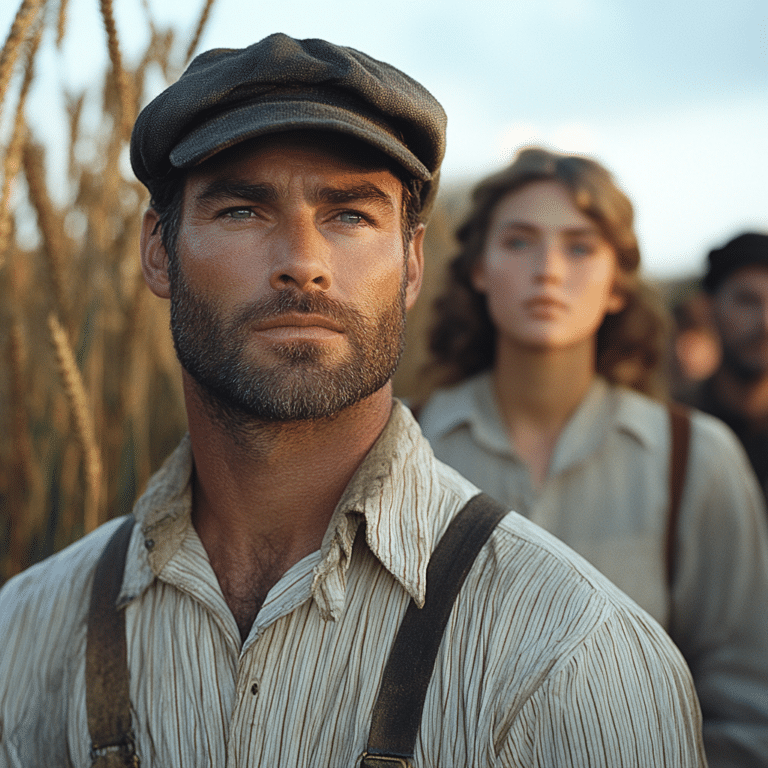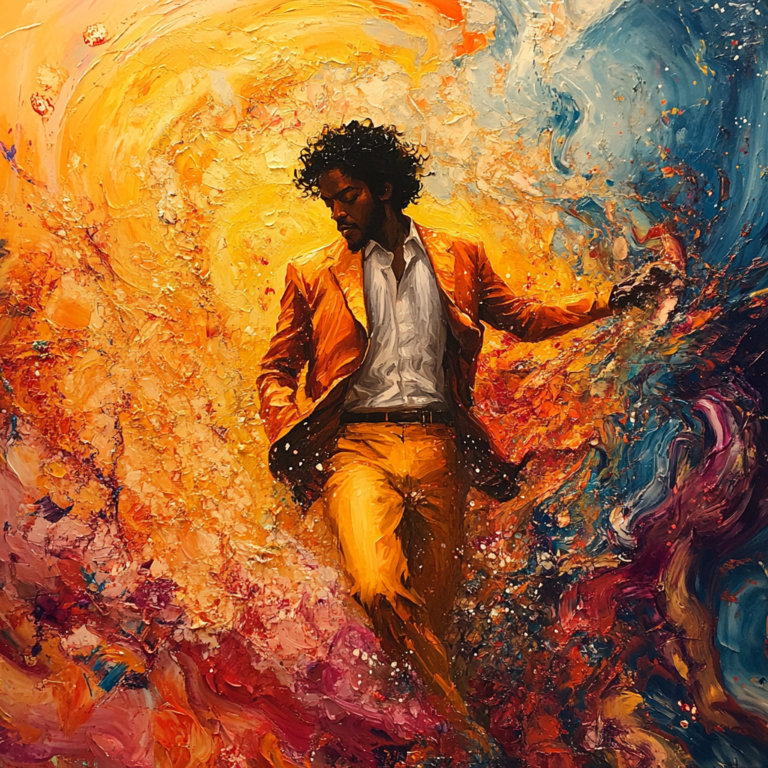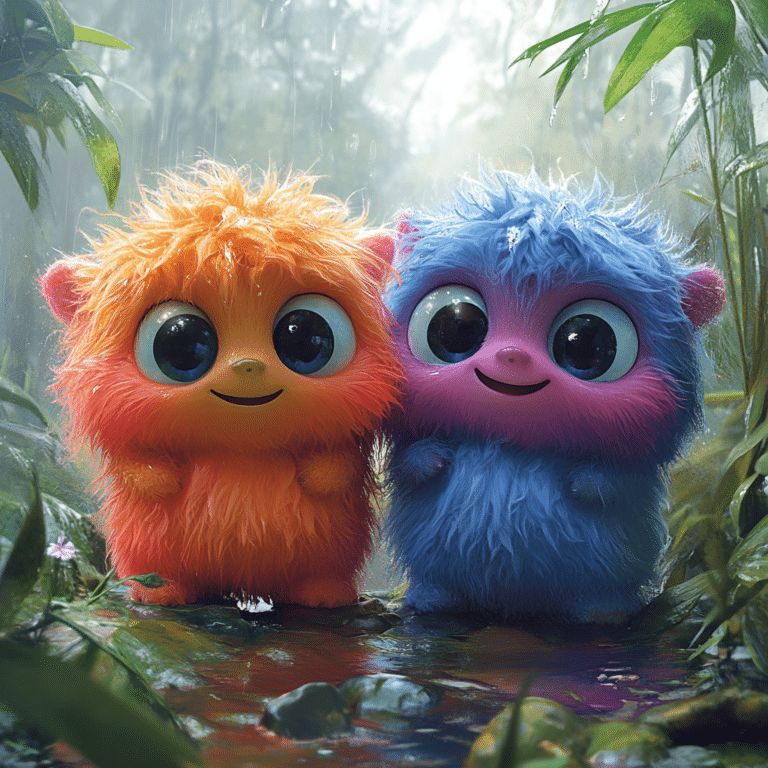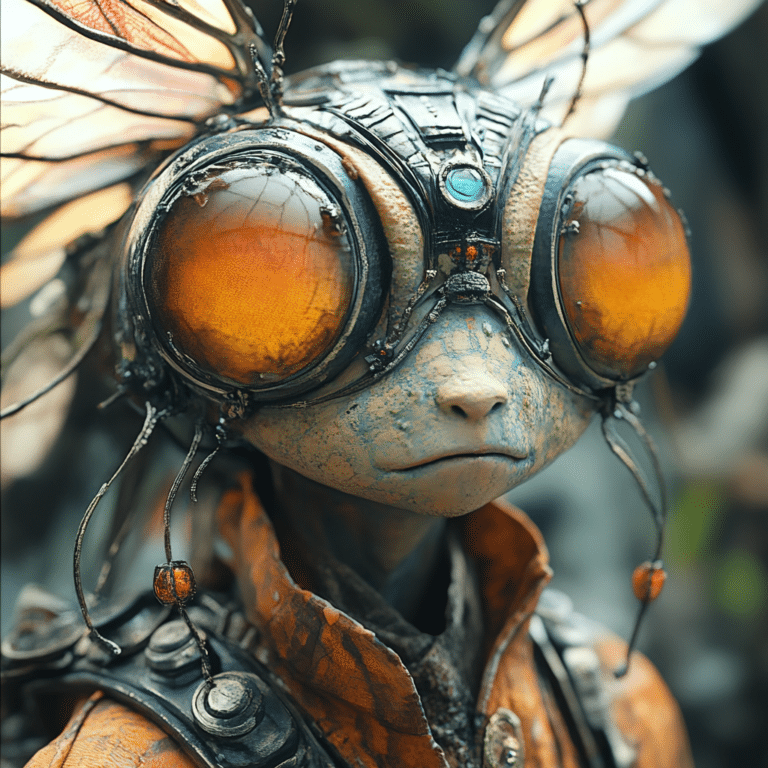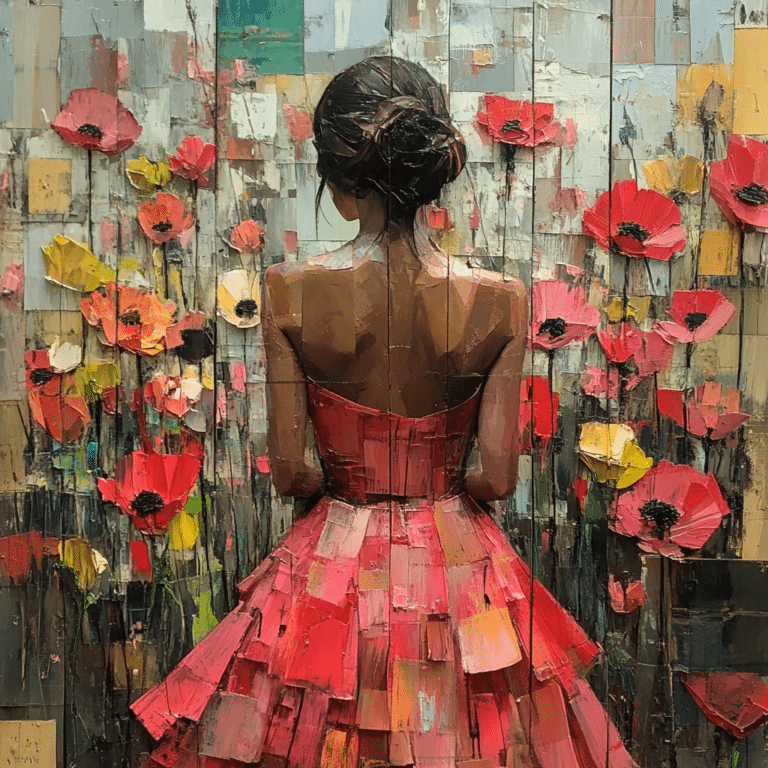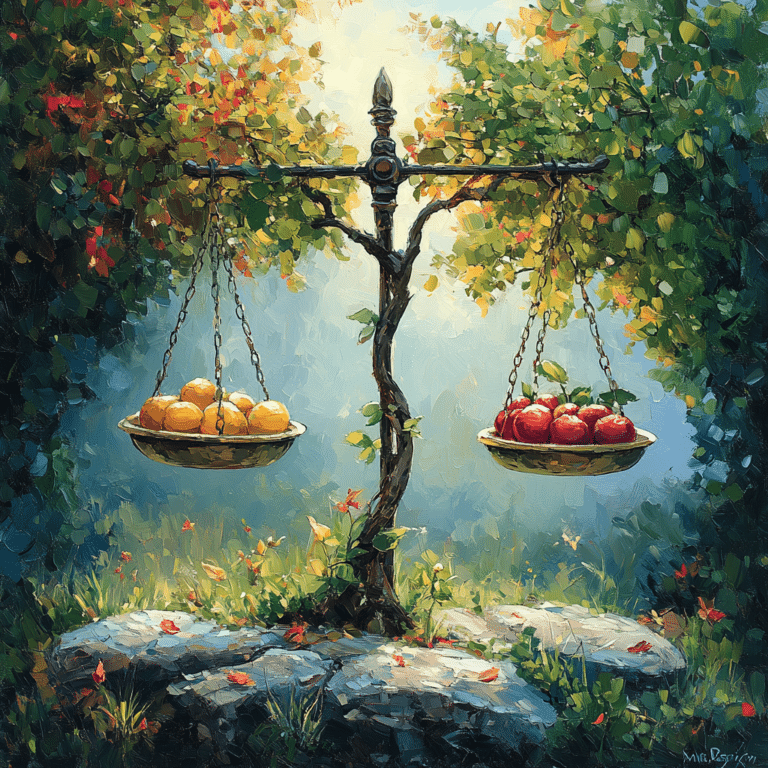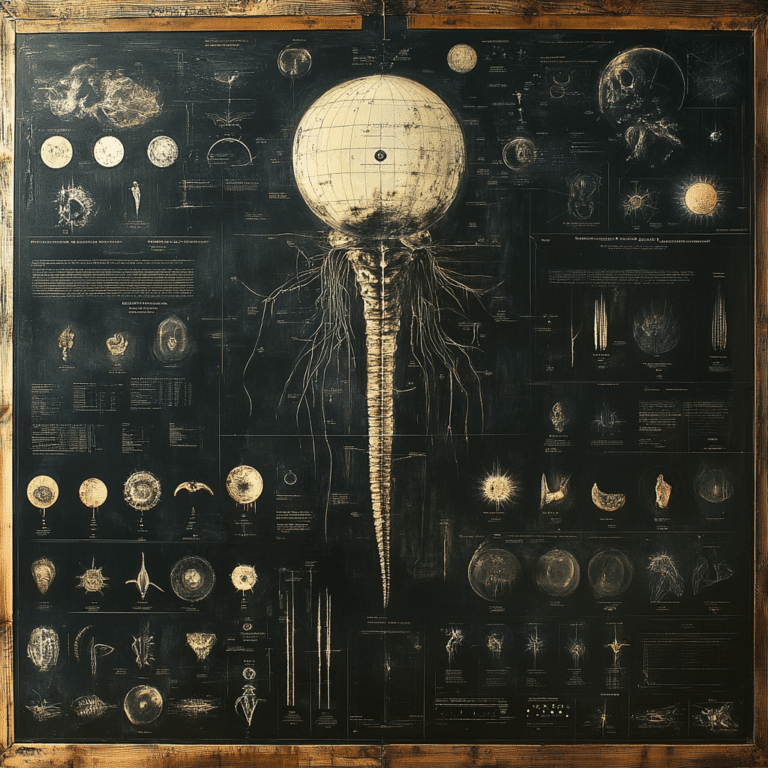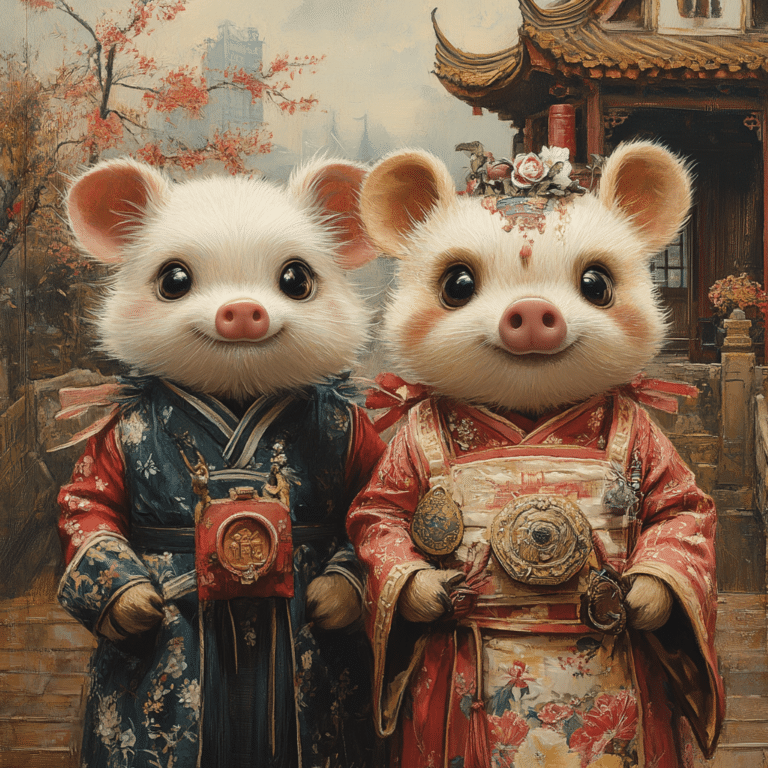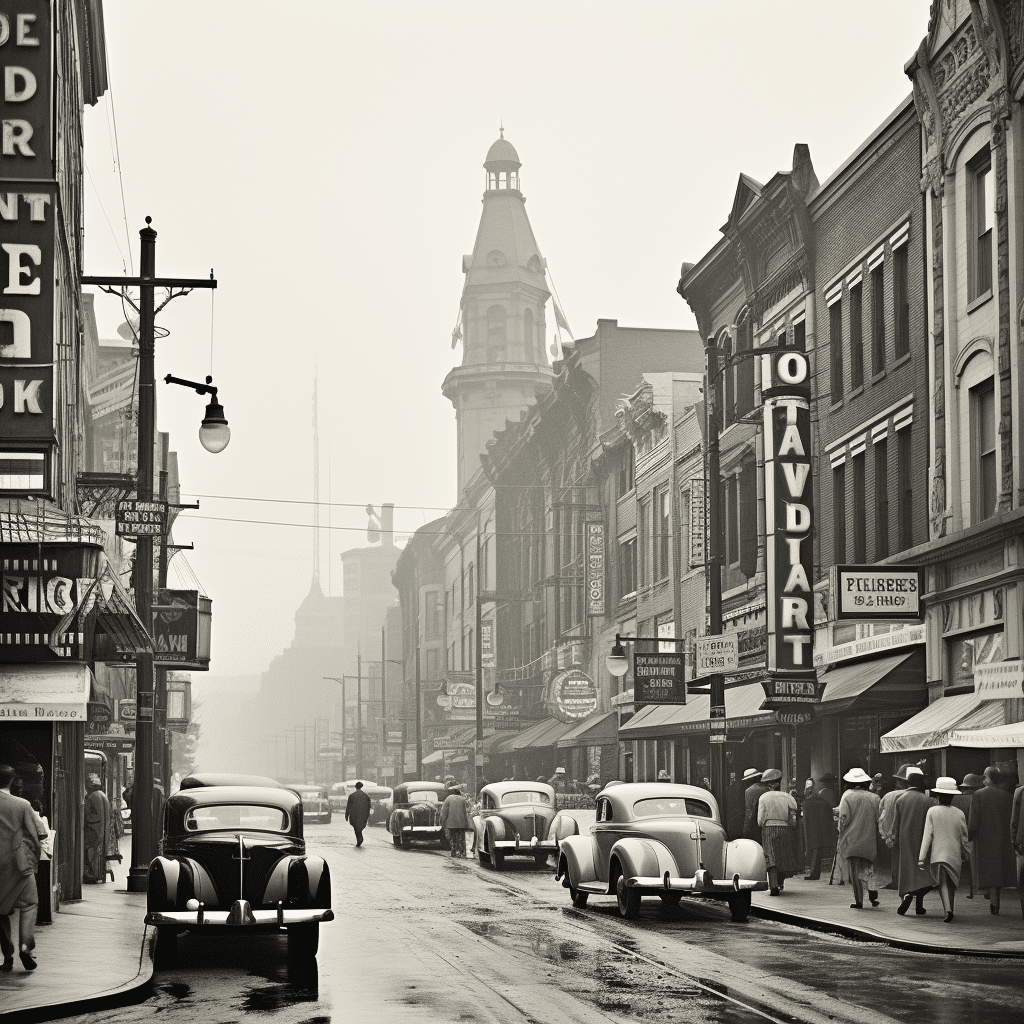“Star Trek: Deep Space Nine” (DS9) isn’t just another entry in the beloved Star Trek franchise. It transformed the landscape of science fiction television, raising the bar for narrative depth and character complexity. Debuting in 1993, DS9 offered audiences a compelling blend of social commentary, moral ambiguity, and emotional richness that still resonates today. The show’s exploration of themes like race, religion, and personal identity marked it as a crucial piece in the puzzle of modern storytelling—one that continues to influence new productions.
As we embark on this exploration of “Deep Space Nine,” it’s impossible not to recognize the rich tapestry of its storytelling techniques. When measuring its legacy against both contemporary series and those that came before it, one thing stands out: DS9 wasn’t afraid to challenge conventional narratives. Let’s dive deeper into the cultural impact and the top seven storytelling elements that cement this series as a landmark in television history.
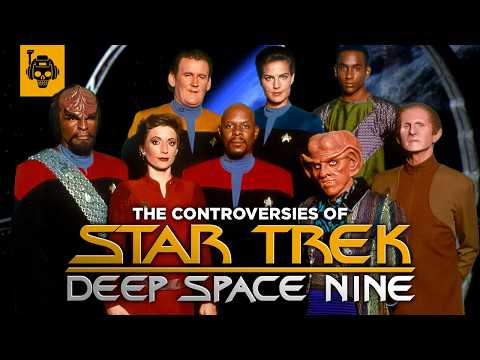
The Cultural Impact of Deep Space Nine
“Deep Space Nine” opened up a broader conversation about diversity and representation long before it became a hot topic in pop culture. With a core cast showcasing various races, religions, and backgrounds, the series tackled complex social issues that shaped viewers’ understanding of identity. Characters like Benny Russell—an African American writer—sparked vital discussions on race and representation in media, making the show a benchmark for future series. Today, contemporary shows such as “The Expanse” and “Star Trek: Discovery” have adopted this focus on multifaceted characters, largely due to the groundwork laid by DS9.
Moreover, moral ambiguity was a game-changer. Unlike earlier series, where the lines between good and evil were clear-cut, DS9 embraced the gray areas of human morality. Characters like Gul Dukat and Kai Winn exhibit intricate motivations, making it hard to label them simply as antagonists. This complexity has been echoed in modern storytelling—think “Game of Thrones,” where characters often inspire both admiration and disdain.
Among the more innovative elements, DS9 skillfully utilized serialized storytelling. Historically, Star Trek shows leaned heavily on episodic formats, but by introducing long arcs—like the war with the Dominion—it engaged viewers over multiple seasons. This shift transformed narrative expectations, evident in contemporary hits like “Breaking Bad” and “Stranger Things,” which understand the audience’s appetite for intricate story progression and character evolution.
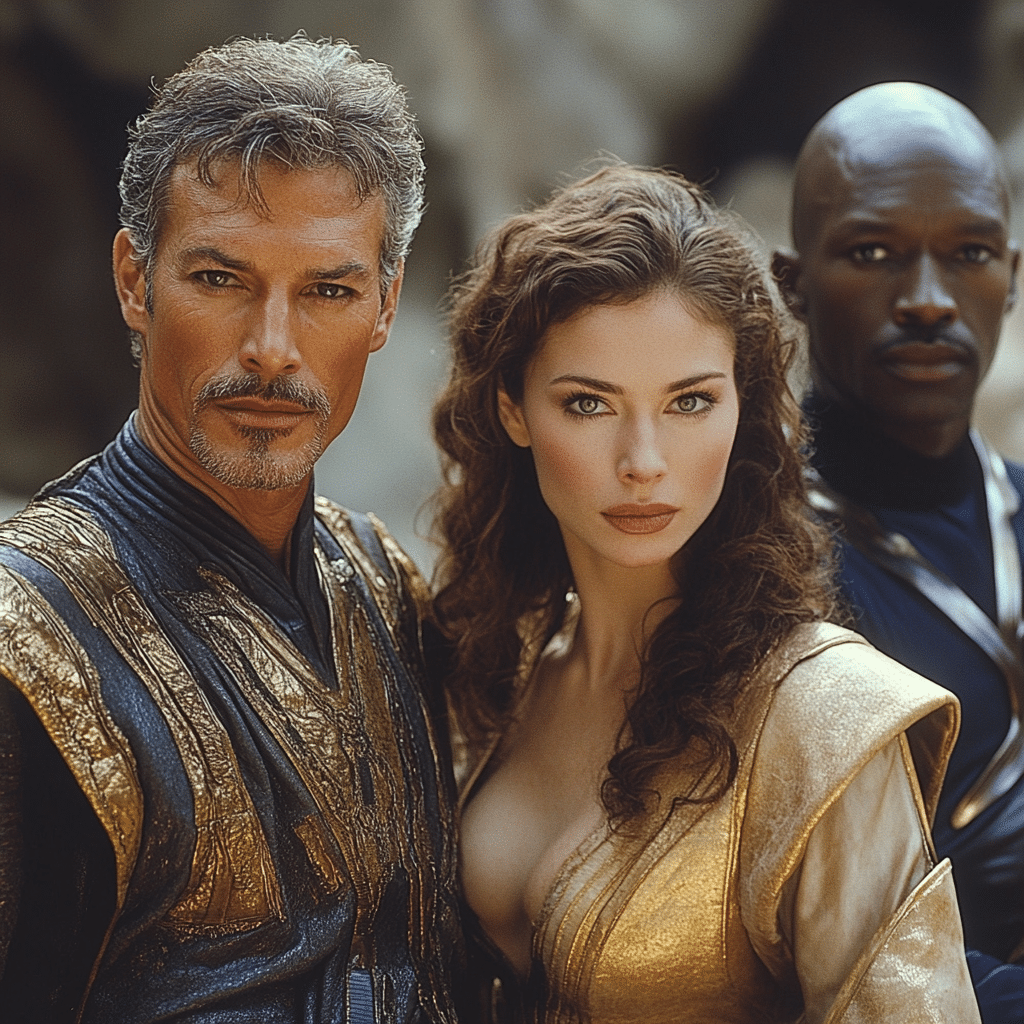
Top 7 Groundbreaking Storytelling Elements in Deep Space Nine
As we peel back the layers of “Deep Space Nine,” we uncover seven pivotal storytelling elements responsible for its groundbreaking impact.
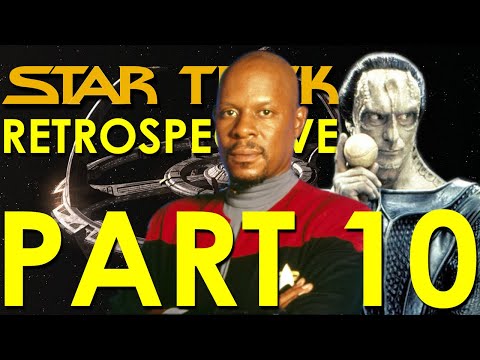
1. Canonical Diversity and Inclusion
The ensemble cast of Deep Space Nine not only included various races but also delved into complex social issues. This made it a trailblazer in showcasing the importance of representation. Benny Russell’s storyline, vividly illuminating the African American experience, set a benchmark for representing diverse perspectives. Modern shows like The Expanse and Star Trek: Discovery make deliberate efforts to build on this foundation, thus continuing the pursuit of accurate representation.
2. Moral Ambiguity
DS9 turned the classic good versus evil trope on its head. Characters like Gul Dukat reveal motivations layered with complexity, inviting the audience to reevaluate traditional notions of villainy. The moral ambiguity portrayed invites viewers to engage with their ethical beliefs, an aspect increasingly popular in shows like Game of Thrones, where characters blur the lines of right and wrong.
3. Serialized Storytelling
Unlike its predecessors, DS9 embraced serialized storytelling. The show’s narrative arcs—a hallmark of modern television—allowed for character growth and multi-season plots. The increasing trend toward serialized storytelling found in contemporary series like “The Crown” and “Stranger Things” can trace its roots back to DS9. This technique creates a deep connection between viewers and the stories they watch.
4. The Use of Science Fiction as Allegory
Deep Space Nine cleverly used its science fiction backdrop to comment on pressing social issues. Themes like terrorism and imperialism echoed throughout the series, with plots reflecting real-world conflicts. For instance, the Bajoran resistance against Cardassian oppression mirrors historical struggles, blending entertainment with critical commentary, much like The Handmaid’s Tale, where social justice issues are front and center.
5. Strong Female Characters
The strong female characters of DS9 shattered stereotypes. Kira Nerys and Jadzia Dax, for example, possess depth and agency, moving beyond traditional gender roles. Their narratives not only resonate with audiences today but also lay the groundwork for series like Orange is the New Black, where women’s stories take center stage.
6. Emotional Resonance
Emotional storytelling runs deep in DS9. In memorable episodes like “The Visitor,” emotional stakes are skillfully woven into the narrative, allowing viewers to connect with characters on a personal level. This focus on emotional truths transcends to animated features like Pixar’s Up, where the themes of familial bonds resonate profoundly, echoing the sentiment found in DS9.
7. Innovative Use of Themes
Faith and existentialism often take center stage, enriching the narrative fabric of DS9. By exploring Bajoran religion and the questions it raises about belief and morality, the series crafts a rich thematic experience. This exploration, echoed in shows like Midnight Mass, fosters deep discussions about the role of faith in human life.
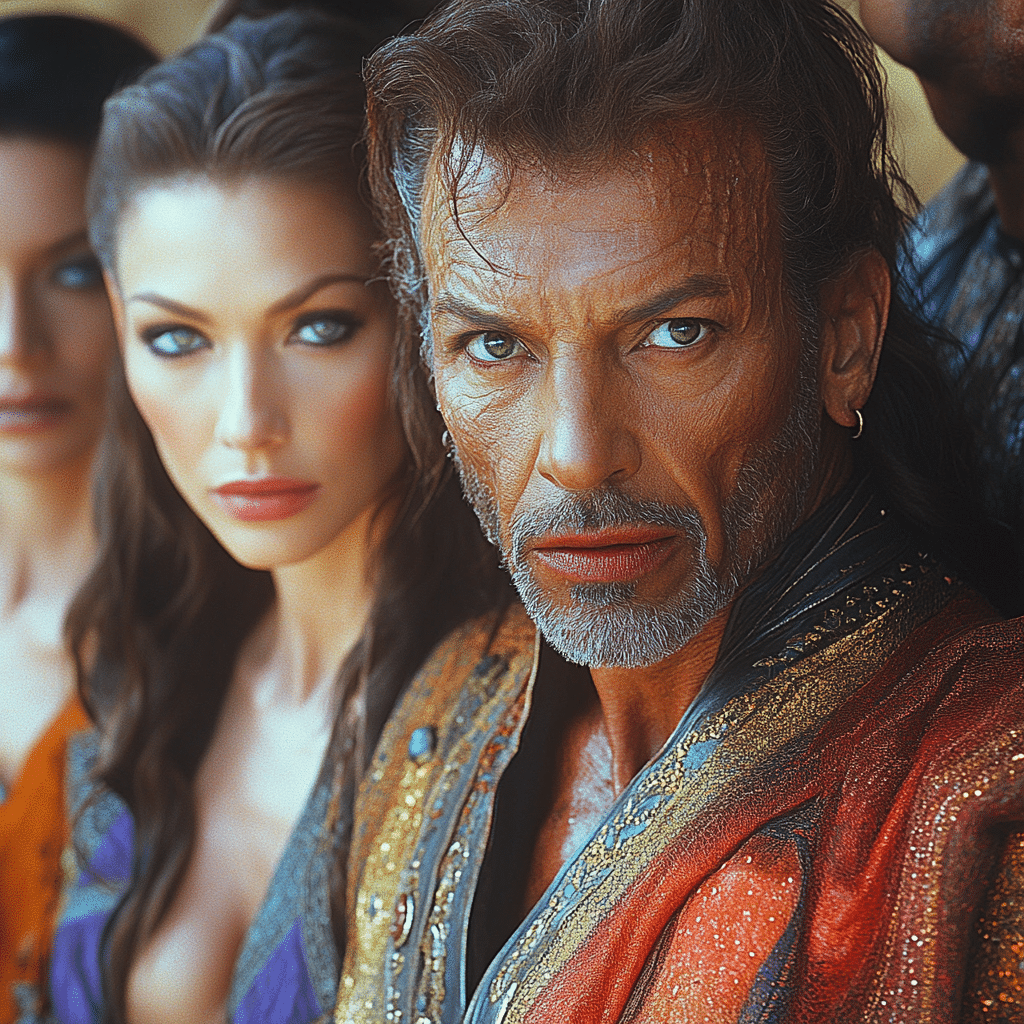
Legacy and Influence of Deep Space Nine
The legacy of Deep Space Nine extends far beyond its 1993-1999 run. Its pioneering approach to storytelling has inspired countless creators and programs, encouraging them to challenge conventional narratives. The show’s premise bears a resemblance to the tragic story of Apollo 1, where the quest for exploration collided with unforeseen challenges—much like the tragedies and triumphs experienced by the characters aboard the station. Both narratives serve as reminders of the uncertainties that punctuate the human condition.
Deep Space Nine continues to inspire engagement with complex themes and ethereal narratives, offering proof that sci-fi can serve as a rich canvas for storytelling that resonates on multiple levels. In today’s era, where audiences crave depth and relevance, its influence remains a guiding star for contemporary creators. As we reminisce about its impact, it’s clear that DS9 didn’t just reshape the landscape—it created new paths for future storytellers to traverse.
In closing, “Star Trek: Deep Space Nine” stands as a beacon for thoughtful, nuanced storytelling. It invites reflection and dialogue, showcasing how diverse narratives can enhance our understanding of the human experience. The legacy and innovation of this extraordinary series echo through time, making it an enduring staple of television history. As we journey forward, we can take cues from its approach, ensuring that narratives remain vibrant, diverse, and fundamentally human in their exploration of all we can be.
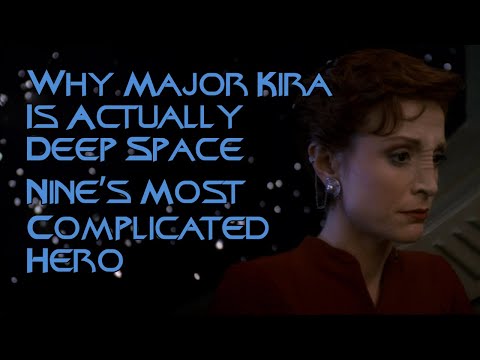
Deep Space Nine: A Journey into Groundbreaking Storytelling
Behind the Scenes and Fun Facts
“Deep Space Nine” revolutionized the way we think about sci-fi storytelling on television. With its focus on character development and political intrigue, it transcended the typical episodic structure of its predecessors. Did you know that the show borrowed elements from real-world events? For example, the Bajoran Resistance story arc is often compared to the struggles of various marginalized groups throughout history. This grounding in reality lends authenticity to the show’s narrative, allowing viewers to engage on a deeper level. Speaking of engaging, the show brings to mind the creativity found in Roblox Games, which allow players to build their own worlds—similar to how DS9 crafted its intricate universe.
Space Station Surprises
The setting, a space station at the edge of a wormhole, was designed to explore themes of displacement and coexistence. Each alien species in “Deep Space Nine” adds a unique flavor, not just setting the backdrop but also driving the story. This reminds us of how tiny homes from Home Depot have become a symbol of a more minimalist lifestyle, encouraging communities to coexist in smaller, less conventional spaces. Interestingly, the show’s characters often find common ground despite their differences, reflecting our own society’s challenges and triumphs in bridging divides.
Cultural Reflections
“Deep Space Nine” also plays with themes of faith and spirituality, particularly through the Bajoran people and their prophets. The layered storytelling invites comparisons to cultural phenomena, like how Kim Sejeong’s rising popularity in the K-Pop scene resonates with a younger generation’s search for identity. Moreover, just as players analyze a Pokemon weakness chart to strategize their battles, the characters use their unique strengths to navigate their own battles within the show’s intricate narrative. For fans of the series, it’s a treasure trove of cultural references, reflecting the times and the discussions that were important during its air.
In short, “Deep Space Nine” isn’t just a sci-fi series—it’s a deep dive into the human experience amid the cosmos. From its complex characters to its rich storytelling, it paves the way for future series. And who knows, in the spirit of exploration, maybe you’ll stumble upon your next favorite thing, like seasonal Apple Black Friday Deals or an exciting jackpot party that adds a dash of excitement to your own life, echoing the show’s spectacular blend of drama and hope.
